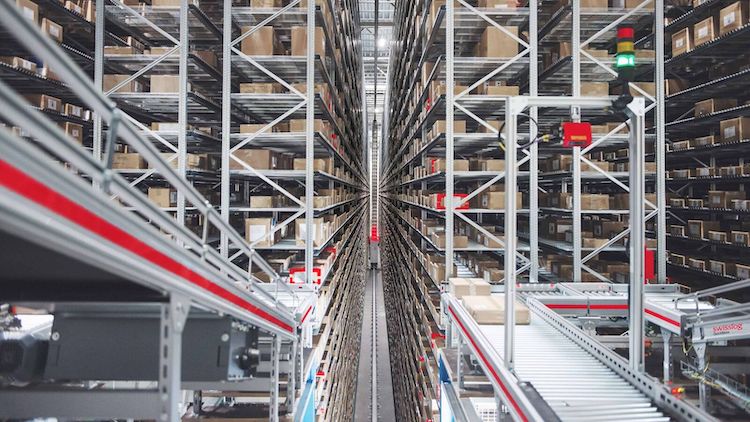
Automation is the ‘obvious answer’ to coronavirus disruption to e-grocery supply chain, says Swisslog
Higher levels of automation is the “obvious answer” to the challenges brought about by the disruption to the e-grocery supply chain, according to warehouse robots maker Swisslog.
The company says Covid-19 is “accelerating changes to e-grocery fulfillment”.
After years of relatively stagnant demand, e-grocery services started to ramp up in 2019 and analysts were predicting significant growth in 2020.
With this expected growth, manual fulfillment processes became less practical due to their inefficiency, lack of scalability and store congestion issues that threatened in-store sales. A growing number of grocers began planning for automation.
Then the pandemic hit. Almost overnight, a major shift in grocery shopping patterns occurred. A survey conducted at the end of March 2020 found that 65 percent of consumers had changed their grocery shopping behavior as a result of the virus.
Virtually no one was prepared for such a sudden shift and e-grocery fulfillment times stretched from same day to more than a week in some locations.
Now, industry analysts and grocers alike are projecting that, for some percentage of the market, these short-term adaptations will translate into long-term behavior changes.
As research firm eMarketer pointed out in their post on the long-term impact of the pandemic on e-grocery demand: “Ecommerce habits tend to form during periods of intense activity, and when those habits already have momentum, they become even stickier.”
But while demand for e-grocery services is not expected to return to pre-Covid levels, expectations around fulfillment times almost certainly will.
“So how do grocers adapt to a large step up in demand while still providing competitive fulfillment times?” asks Swisslog, adding: “Automation is the obvious answer, but there are key decisions to be made around the appropriate fulfillment strategy and technology.”
The company says there are specific questions to be answered, such as what role do retail stores play in automated fulfillment and what automation system is best suited to handle the unique demands of e-grocery?
The company explores both of these issues in depth in its newly updated e-book, A Guide to E-Grocery Fulfillment Strategies and Technologies. Swisslog first released the e-book in January 2020, but a lot has changed since then.
The major change is, of course, Covid-19 and how it has accelerated the timelines around e-grocery service. As one grocery executive recently noted, “grocers who thought they had three years to adapt to e-grocery are now realizing the timeline is more like 12 weeks”, says Swisslog.
